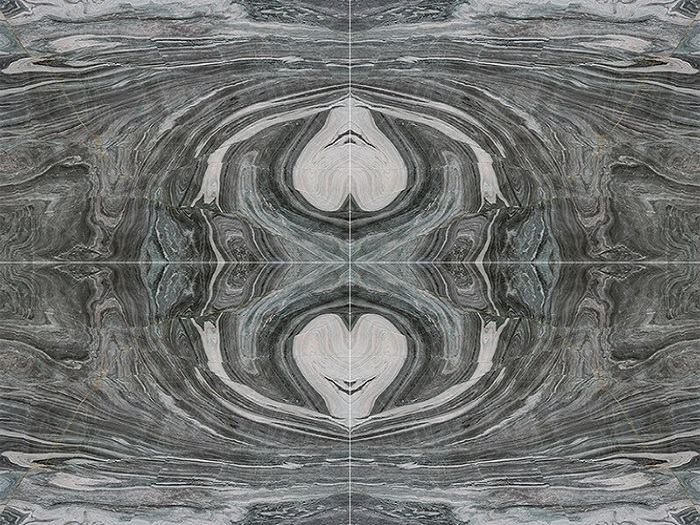Types of building stones

Stones can be considered as the best materials for use in a unique building in every way because they are dense, strong and harmonious masses of one or more minerals and have a high color diversity that are naturally placed together and durable. And it has very high strength and durability.
According to the International Iranian Stone Exhibition, in the comprehensive definition of stone, it can be said that rock is a dense, solid and harmonious mass of one or more minerals that have a high color diversity that are naturally placed together. Features such as very high durability and strength, resistance to abrasion and temperature changes, resistance to chemicals, color stability as well as the ability to cut and polish, stones in any direction as the best materials for use in unique buildings To the person.
Various building stones
In general, rocks are divided into three categories: igneous, sedimentary and metamorphic rocks. Igneous rocks are formed by the melting of molten material, also known as magma. If the molten material hardens underground, internal igneous rocks are produced like granite, and if molten material flows on the surface, external igneous rocks such as basalt are produced. Sedimentary rocks are also layered, which are obtained from sedimentation of sediments. Travertine and marble are the most important sedimentary limestones. Metamorphic rocks are also solid and durable rocks that have been metamorphosed under heat, pressure and fluids. Marble is a type of limestone resulting from metamorphosis.
Iranian stone export market
Iran is one of the countries producing and exporting building stone that exports it to both parts of the world in both raw (without cutting) and cut (slab and tile) forms. The total capacity of known stone mines in the country is 47 billion tons, of which about two thousand industrial units with a capacity of 27 million tons, which is very small, are operating in this area. Of this amount, 4 billion tons is related to facade stones and decorative stones, which in this regard has placed Iran in the fourth ranking of stone producers in the world. The largest volume of stone exports from Iran is in the form of crude sales, which is about two-thirds of the total stone exports, whose main destinations are China, UAE, Turkey and European countries Italy, Germany, Britain, France, Belgium, Poland. And South America, Australia and Japan.
The beauty and luster of building stones from Iranian mines
Iran is a country rich in minerals of building stones. 44% of marble, 25% of porcelain, 20% of granite, 10% of travertine and 2% of marble is the largest share of Iranian stone diversity in the provinces of Isfahan, Kermanshah, Mahallat, Qom, Zanjan, Qazvin, Hamadan and Azerbaijan. The East has a large share of the country's mines. However, due to the poverty of stone quarries, some countries in the world are content to produce only one type of building stone in their mines. For example, Brazil is a country that has only granite ores or Italy has only marble ores under its jurisdiction, in which Iran can manage a large share of the global stone market with careful management and data-driven marketing. But widespread global sanctions, which have naturally overshadowed the country's political relations and interactions with the rest of the world, have created a wave of economic problems for its exporters. Also, the existence of problems in the field of transportation, the dispersion of mines in the country, the wear and tear of machinery and the lack of use of modern technologies along with the extensive export tax, has led Iran to sell raw materials. Countries such as Italy, Turkey and China only demand raw building stones from Iran. Therefore, the sale of raw materials, due to the lack of added value, includes duties, which is very expensive for the exporting company. Also, due to the high weight of the stone, transportation is possible only by land and sea, which due to the problems of sea transportation, only transportation by land is possible, which is also very expensive.
Export of building stone
Statistics show that the demand for building stone exports is about 7 million tons, while the total capacity is 25 million tons. In the meantime, with strategic management and having the latest technology in the world, the capacity of extraction and production of processed stones can be increased. More than half of the domestic factories can compete with the world's largest countries in this field and increase their exports by observing global quantitative and qualitative standards. For example, Russia, due to its large population, unique climatic conditions, as well as its good policy with Iran, can occupy a significant share of the Iranian building stone mining market. Granite can be the best option for export to Russia due to its high strength and resistance to temperature changes, non-slip and water absorption. Also, considering the popularity of Iranian stones due to the very high color diversity, Iran can take basic steps in this field.










